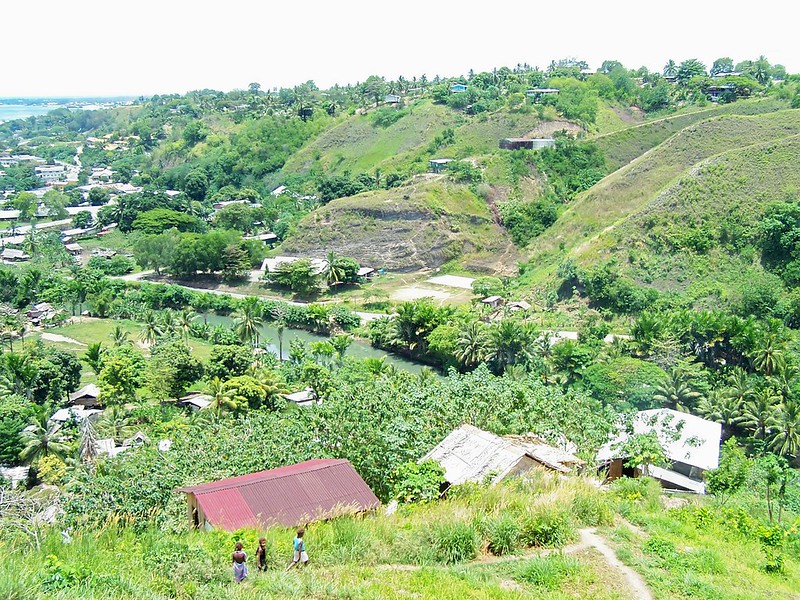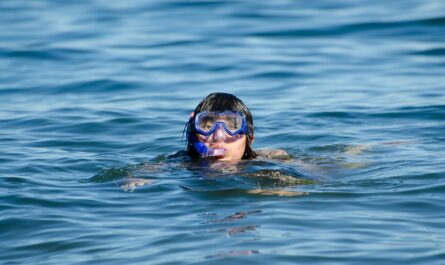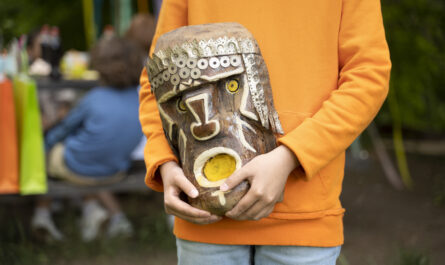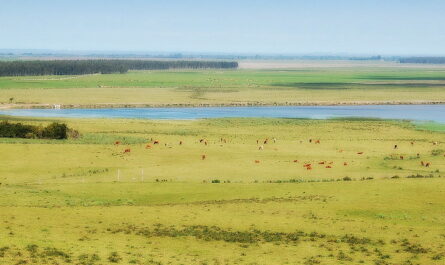The Battle of Guadalcanal, fought between August 7, 1942, and February 9, 1943, was a critical campaign in the Pacific Theater of World War II. As the first major Allied offensive against the Japanese Empire, it marked a turning point in the war, laying the foundation for Allied victory in the Pacific. Guadalcanal, part of the Solomon Islands, became the site of intense naval, air, and ground combat as the Allies sought to secure the island and halt Japan’s expansion in the Pacific.
Today, Guadalcanal stands as a historic landmark, where relics and remnants of this fierce campaign remain scattered across the landscape, serving as somber reminders of the conflict. This article offers a comprehensive historical tour of key WWII sites on Guadalcanal, exploring the major battles, strategic significance, and the legacy of one of the most pivotal campaigns in the Pacific War.
1. The Strategic Importance of Guadalcanal
Guadalcanal held immense strategic value for both the Allies and the Japanese during World War II. Located in the southern Solomon Islands, it was seen as a key position for controlling sea routes between the U.S., Australia, and New Zealand. When the Japanese began constructing an airfield on the island in mid-1942, it threatened Allied communication and supply lines. For the Allies, especially the United States, capturing Guadalcanal and halting the Japanese advance became imperative.
By taking Guadalcanal, the Allies could secure a base for launching further offensives into the central and northern Pacific, advancing toward Japan. The island’s airfield, later named Henderson Field, became the focal point of the battle as both sides recognized its strategic importance in controlling the air and supporting ground and naval operations.
2. The Initial Landing: Operation Watchtower
On August 7, 1942, U.S. Marines landed on Guadalcanal as part of Operation Watchtower, the first American amphibious assault of World War II. The landing initially faced little resistance as the Japanese forces were caught by surprise. The Marines quickly captured the nearly completed airfield, which was crucial for Allied control of the region. However, this initial success would soon be followed by months of brutal fighting, with the Japanese launching relentless counterattacks.
One of the most significant sites from the initial landing is Red Beach, located just east of Henderson Field. Red Beach is where the 1st Marine Division came ashore, securing a beachhead that would serve as the base of operations for the remainder of the campaign. Today, visitors can see remnants of the war, including rusted landing crafts and scattered military debris.
3. Henderson Field: The Battle for Air Superiority
Henderson Field became the epicenter of the Guadalcanal campaign. Control of the airstrip was pivotal to determining the outcome of the battle. After the Marines captured it, the Japanese made numerous attempts to retake the airfield. The airstrip allowed the Allies to bring in aircraft, which became known as the “Cactus Air Force” (after Guadalcanal’s code name, Cactus).
The Battle of Henderson Field, which took place from October 23 to October 26, 1942, was a decisive engagement. The Japanese launched several ground and naval assaults in an attempt to overwhelm the American defenders. Supported by naval and air forces, the Marines successfully repelled the attacks, solidifying Allied control of the airfield.
Today, Henderson Field is Honiara International Airport, the main airport of the Solomon Islands. Though modernized, visitors can still feel the historical significance of the site. A short distance from the airport, visitors can explore the Solomon Islands Peace Memorial Park, which commemorates both the Allied and Japanese soldiers who fought in the battle.
4. Bloody Ridge: The Epic Marine Defense
Bloody Ridge, also known as Edson’s Ridge, is one of the most iconic battlefields of the Guadalcanal campaign. Named after Colonel Merritt “Red Mike” Edson, who commanded the U.S. Marine Raiders during the battle, Bloody Ridge was the site of intense ground fighting. On the nights of September 12 and 13, 1942, the Japanese launched a massive assault to break through the American lines and recapture Henderson Field.
The Marines, heavily outnumbered, held their ground against waves of Japanese infantry, suffering heavy casualties but preventing the enemy from reaching the airfield. Edson’s leadership and the Marines’ determination earned him the Medal of Honor, and Bloody Ridge became a symbol of Marine tenacity.
Visitors to Bloody Ridge can explore the rugged terrain where the battle took place. Memorials and plaques mark the positions held by the Marines during the fierce fighting, offering a view of the strategic importance of this defensive position.
5. Naval Battles of Guadalcanal: Ironbottom Sound
The waters around Guadalcanal were the scene of some of the most intense naval battles of the Pacific War. The area, known as Ironbottom Sound, earned its name due to the large number of ships and aircraft from both sides that were sunk during the campaign. From August to November 1942, several major naval engagements took place, including the Battle of Savo Island, the Battle of Cape Esperance, and the Naval Battle of Guadalcanal.
The Naval Battle of Guadalcanal, fought from November 12 to November 15, 1942, was the final decisive naval engagement of the campaign. U.S. naval forces, including battleships and cruisers, engaged the Japanese fleet in brutal nighttime battles. The American victory ensured that Japan could no longer reinforce its troops on the island, sealing their fate on Guadalcanal.
Today, numerous wrecks lie at the bottom of Ironbottom Sound, including the USS Quincy, USS Vincennes, and the Japanese battleship Hiei. Divers can explore some of these wrecks, and the Guadalcanal American Memorial, located on a hilltop overlooking the sound, honors the men who lost their lives in these naval battles.
6. The Gifu: A Symbol of Stubborn Japanese Resistance
One of the lesser-known but significant battles of the Guadalcanal campaign occurred at Mount Austen, where Japanese forces dug in to create a strong defensive position known as The Gifu. Located inland, Mount Austen gave the Japanese a vantage point to launch attacks on Henderson Field and harass the American supply lines.
Throughout December 1942 and January 1943, U.S. forces launched several assaults on The Gifu, encountering fierce resistance from entrenched Japanese soldiers. The fighting was brutal, involving close-quarters combat in dense jungle terrain. Eventually, the Americans captured The Gifu after heavy losses on both sides.
Visitors can hike through the battlefield at Mount Austen, which remains largely undeveloped. Memorials honor the soldiers who fought in the battle, while bunkers and defensive positions remain visible in the jungle.
7. The End of the Campaign and the Legacy of Guadalcanal
The final stages of the Guadalcanal campaign saw the gradual withdrawal of Japanese forces from the island. By February 9, 1943, the Japanese had evacuated their remaining troops, marking the end of the six-month battle. Guadalcanal was the first major defeat for the Japanese Empire and marked the beginning of the Allied push across the Pacific.
The victory at Guadalcanal had profound implications for the rest of the Pacific War. It not only halted Japan’s expansion but also shifted the momentum of the war in favor of the Allies. The island became a base for further operations, including the Solomon Islands campaign, which eventually led to the liberation of the Philippines and the final assault on Japan.
8. Touring Guadalcanal Today: A Journey Through History
For history enthusiasts, visiting Guadalcanal offers a unique opportunity to explore one of the most significant battlefields of World War II. While much of the island has returned to its natural state, war remnants, including rusted tanks, artillery pieces, and sunken ships, can still be found throughout the landscape.
Several tour companies offer guided historical tours covering key sites such as Henderson Field, Bloody Ridge, and Mount Austen. Visitors can also pay their respects at the American War Memorial, Japanese War Memorial, and the Commonwealth War Graves, which honor soldiers from both sides.
The Vilu War Museum, located outside Honiara, is another must-visit for history buffs. The museum houses a collection of WWII artifacts, including aircraft wreckage, weapons, and photographs documenting the campaign.
Conclusion: Honoring the Past
The Battle of Guadalcanal remains one of the most significant turning points of World War II. The fierce fighting on land, at sea, and in the air demonstrated the resolve of the Allied forces and the importance of controlling key strategic locations in the Pacific. For Japan, Guadalcanal marked the beginning of a long retreat that would eventually end in their defeat.
Today, Guadalcanal’s WWII sites stand as important historical landmarks, preserving the memory of the soldiers who fought and died during this pivotal campaign. For visitors, a tour of these sites offers a chance to reflect on the human cost of war, honor the sacrifices made, and appreciate the peace that followed.
As we continue to remember the events of World War II, it is important to preserve the legacy of Guadalcanal for future generations. The island, with its lush landscapes and haunting reminders of the past, remains a powerful symbol of resilience, sacrifice, and hope.



